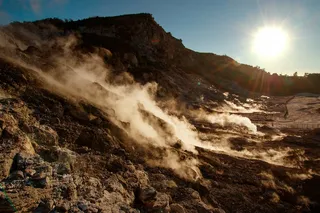In our latest newsletter we've picked citizen science projects where you can collaborate with scientists and use sounds and radio waves to track environmental health, understand our solar system, and even search for extraterrestrial intelligence. And don't forget to tune into NPR/WHYY's Citizen Science radio series, produced in partnership with SciStarter. And without further ado, here's science you can do! SETI@home
Image Credit: SETI@Home
SETI, or the Search for Extraterrestrial Intelligence, is a scientific effort seeking to determine if there is intelligent life outside Earth. Radio SETI listens for artificial radio signals coming from other stars. SETI@home is a radio SETI project that lets anyone with a computer and an Internet connection participate. Get started!
Radio JOVE
Image Credit: NASA
NASA's Radio JOVE project enables students and amateur scientists to observe natural radio emissions from Jupiter, the Sun, and our galaxy. Learn about radio astronomy first-hand by building your own ...













